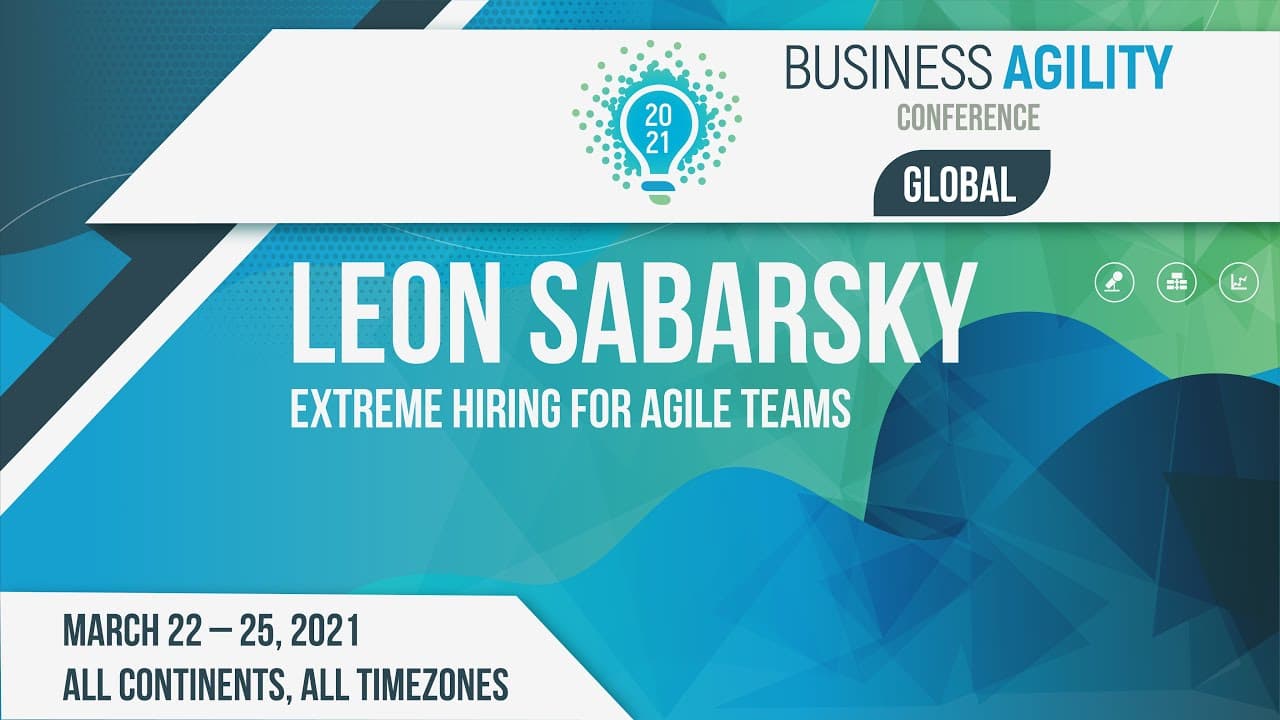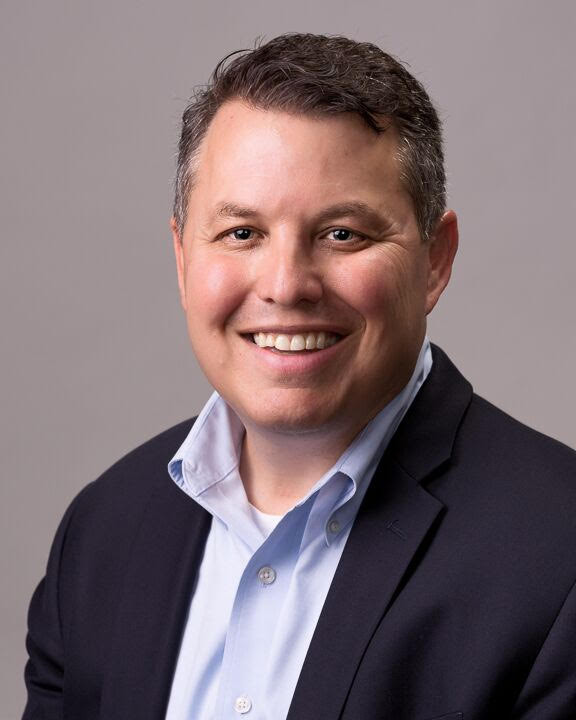First, I want to thank a few people. There are two handsome gentlemen I’d like to acknowledge. Does everyone know who the person on the left is? Yes. And the person on the right? Yes, our awesome host from yesterday, Colin.
I also want to thank the facilitators and Doctors Without Borders. The theme was "Beyond Limits," and I wanted to find something that was truly beyond limits—something on the edge, something that you wouldn’t typically associate with agility. That’s what inspired my talk today.
Agility in Regulated Industries
For me, I’ve always gravitated toward regulated industries. Some people think I’m crazy because regulated industries aren’t the first thing that comes to mind when thinking about agility. But I believe agile can be applied anywhere.
Now, let me ask you: what has been your experience in hiring for agile teams? Has it been a dream, just okay, or a nightmare? Type your response in the chat.
(Responses: "Meh," "Nightmare," "Dream"… Some say freshers bring new thinking, which is great.)
My Hiring Experience: A Nightmare
For me, hiring for agile teams was a nightmare before I tried something different. My frustrations included:
- We needed to hire the right candidate who fit into the team culture—someone the team wouldn’t reject.
- The interview process was too long, with five people involved and scheduling taking 2-4 weeks per candidate.
- The team wasn’t included in candidate interviews, making consensus difficult.
- Candidates often accepted another job before we could make an offer.
Additionally, we struggled to assess collaboration skills. Asking, "Are you a collaborative person?" wasn’t enough. Some people honestly said no, but most candidates simply said "yes" without proof.
Applying Agile to Hiring
We needed a new way to interview candidates and test collaboration in real time. But when we suggested applying agile to hiring, we were told, "You can’t apply agile to hiring—it only works for software and product development."
Despite the resistance, we decided to try it anyway. What’s the worst that could happen?
Extreme Agile Hiring
We developed a new interview and hiring process:
- We switched from one-on-one interviews to group interviews.
- We brought in 25 candidates at a time, even for a single open position.
- All hiring stakeholders—team members, HR, and managers—were present.
- We held one group interview per month, lasting two hours.
- We focused on key differentiators like collaboration.
- We conducted simulated team exercises instead of Q&A interviews.
- Offers were made immediately at the end of the session.
- Hiring decisions were based on blind voting by the hiring team.
How Did It Help?
This new process solved many of our hiring problems:
- We had plenty of candidates to choose from.
- The interview process was simplified—one session per month instead of multi-week delays.
- All hiring stakeholders saw candidates in the same context.
- Collaboration became the primary criterion, ensuring the best fit for team culture.
- Simulating teamwork allowed us to see candidates in action, rather than just hearing their answers.
- Immediate offers reduced the risk of losing candidates to other jobs.
What is a Group Interview?
Our group interviews were structured as follows:
- 16–25 candidates participated at once.
- Each table had four candidates and a flip chart.
- Hiring stakeholders observed the interactions.
- Team members participated as "candidates" to gauge fit.
- Sessions lasted two hours, with three simulated exercises.
- Offers were made immediately at the end.
Candidate Behavior Under Stress
We categorized candidates into three types:
- Dominators: Those who tried to take over and stand out.
- Disengaged: Those who mentally checked out.
- Collaborators: Those who naturally helped teammates.
We prioritized candidates who displayed teamwork and servant leadership over individual ambition.
Common Concerns
Did candidates know about the setup? Yes. We were fully transparent—candidates knew in advance that this was a group interview and that team members were participating.
How did you resolve competition between candidates? We observed their collaboration. Those who lifted others up instead of competing were preferred.
How did you assess technical skills? Candidates were pre-screened by HR for technical competency before attending.
Did you miss out on introverts? No. Because introverts didn’t need to dominate conversations, we could see them shine through their contributions.
Key Learnings
Our process revealed several key insights:
- Collaboration is often more important than technical skills.
- Most candidates appreciated the transparency and speed of the process.
- The hiring team felt more ownership over new hires.
- We significantly reduced the number of "bad hires."
- Weed out the jerks early—stress tests exposed problematic behaviors.
- Extreme Agile Hiring isn’t for every role—it works best for team-based positions.
The Agile Hiring Pyramid
We developed a framework to assess candidates:
- Foundation: Collaboration is a must.
- Core Skills: Domain expertise, technical experience, and agile mindset.
- Additional Factors: Local context and diversity.
- Red Flag: We actively avoided hiring disruptive personalities.
Final Thoughts
So, is this an agile way of hiring?
- Agile Elements: Transparency, collaboration, test-and-learn approach, rapid feedback loops.
- Less Agile Elements: The once-a-month hiring cycle may not be ideal for urgent needs.
Ultimately, this approach worked for us because we put teams at the center of hiring. If you take away anything from this, let it be this:



